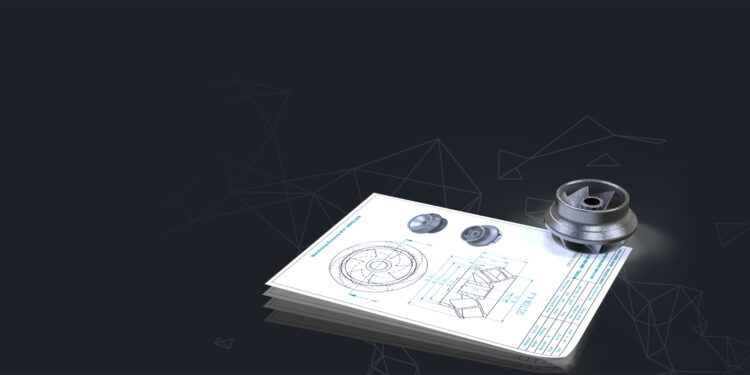Computer-Aided Design has transformed the planning and execution of engineering, architecture, & design projects. Designers and engineers may use CAD technology to build complicated designs accurately, precisely, and efficiently. But, as technology advances, it is critical to keep current and transition to the most recent software versions for maximum performance. This post will provide a brief overview of CAD conversion & migration.
What is CAD Conversion?
The most common program for making and organizing drawings on a computer is CAD or Computer Assisted Design. CAD Conversion is creating a CAD file from a paper design or a PDF file. Converting designs from one format to a different one is what CAD conversion is all about. This is often required when a corporation wishes to employ a new CAD system that uses a different file type than its present system.
Moreover, businesses may need file conversion for compatibility or to exchange data with customers or partners that use different cad conversion services.
The conversion procedure entails converting the original CAD files into a format compatible with the chosen CAD system. This may be accomplished manually or using specialist software that automates converting.
What is CAD Migration?
Moving designs from one system to another is what CAD migration entails. This is often required when a corporation wishes to upgrade to a newer CAD system or migrate to a different CAD software supplier. Moreover, organizations may need to move files while merging with another company or consolidating their CAD systems.
The original CAD files from the previous system are transferred to the new system during migration. This may be accomplished manually or using specialist software that simplifies migration.
Significance of CAD Conversion and Migration
CAD conversion and migration help your firm in many ways. Some of them are:
CAD Migration Helps Companies in Keeping Projects, Current CAD
Migration helps businesses maintain projects current with the most recent design standards, revisions, and improvisation. With professional CAD migration services, internal processes may be expedited by ensuring that internal teams have constant access to resources and technical expertise.
Data Formats That Are Standardized
Different teams may need various sorts of information. CAD migration allows for the smooth translation of all past data into a format that matches the goals and objectives of various teams while also guaranteeing that the translated and migrated data is available in the long term.
Make Use of Cutting-Edge Technologies
CAD migration provides customers access to cutting-edge technology breakthroughs and the tools they need to swiftly and effectively apply appropriate solutions for addressing production or design challenges.
Continuous Automation
Historically, teams had to maintain older hardware and software on hand to retrieve old data, which is neither cost-effective nor practicable for any business. A fully automated, custom-tailored CAD transfer solution is a win-win scenario.
Simple Tracking, Accessibility, and Correction
Maintaining track of the CAD transfer process is simpler because CAD migration prevents old data from stacking up in useless forms. It also facilitates data retrieval while assisting in identifying poor-quality data, allowing for prompt correction and eliminating waste or needless expenses.
Fewer Manual Mistakes
Since the procedure is computerized, CAD migration eliminates the need for human design involvement, lowering the chance of errors during the design stage.
Conclusion
Finally, CAD conversion & migration are critical activities for businesses trying to remain current with CAD technology and optimize their operations. These procedures have advantages: higher compatibility, improved accuracy, increased productivity, cost savings, and improved cooperation. Unfortunately, the conversion and transfer operations sometimes result in mistakes or data loss. Working with skilled CAD conversion and migration professionals who guarantee the process is as easy and precise as possible is critical to ensuring a successful conversion or migration.











